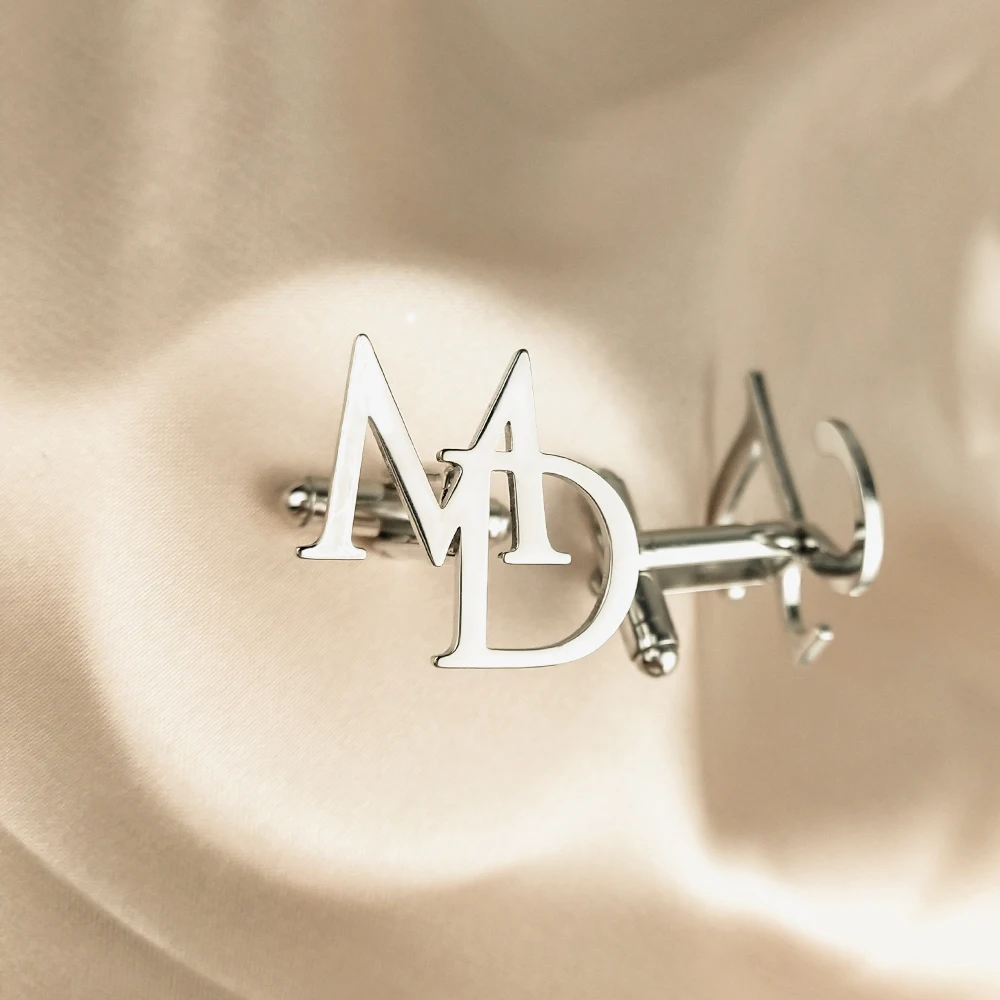How to choose classic vs creative cufflinks for your outfit? Cufflinks are more than just functional accessories. They add elegance, personality, and sophistication to formal attire. For those who wear dress shirts with French cuffs, cufflinks are essential for securing the sleeves. Over time, they have evolved from simple fasteners into stylish statements. Today, there are many types of cufflinks available, each suited to different occasions and preferences. Knowing the types of cufflinks helps you choose the right pair for your outfit and event. Whether attending a wedding, business meeting, or black-tie gala, the correct cufflinks elevate your look.
Moreover, cufflinks reflect attention to detail. A well-chosen pair shows thoughtfulness and confidence. Materials range from silver and gold to enamel, wood, and even recycled materials. Designs vary from minimalist to bold and artistic. Some feature gemstones, while others display logos or symbols. As fashion becomes more personalized, the variety in types of cufflinks continues to grow. Therefore, exploring these options allows you to express individuality through subtle yet powerful details.
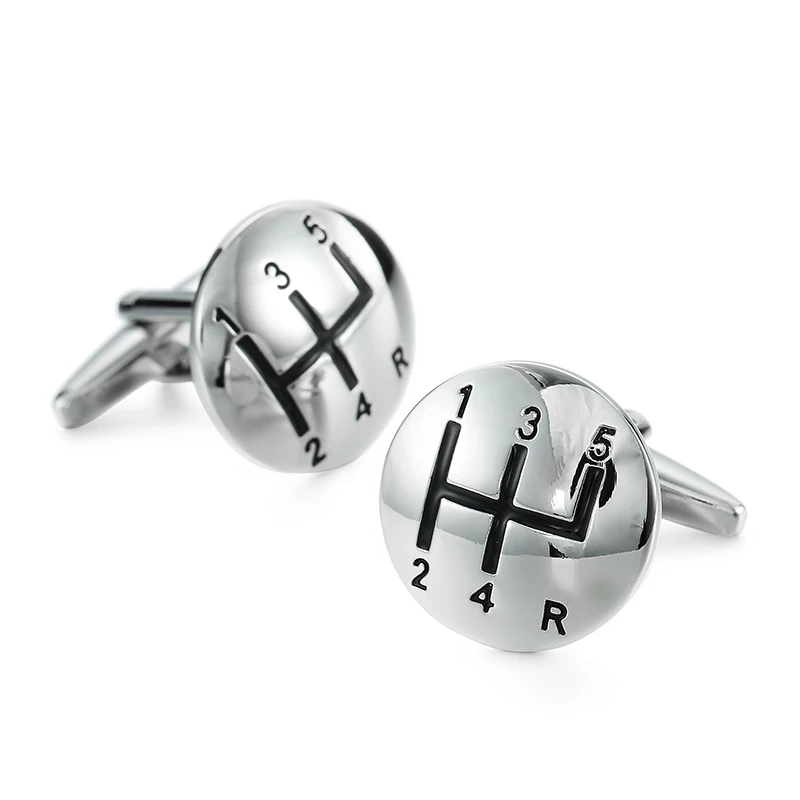 The Standard Toggle Back Cufflink: Classic and Reliable
The Standard Toggle Back Cufflink: Classic and Reliable
One of the most common types of cufflinks is the toggle back. It features a flat disc or bar connected by a short chain or stem to the main body. When inserted through the cuff holes, the disc rotates 90 degrees to hold the link in place. This mechanism is secure and easy to use. Most men find it intuitive after a few tries.
Toggle back cufflinks come in many styles and finishes. You can find them in polished silver, brushed nickel, or matte black. Some include decorative faces like monograms or patterns. Others use colored enamel for visual interest. Because of their reliability, they are popular for daily wear and formal events.
These cufflinks work best with medium to thick fabrics. Thin materials may not hold the tension well. Also, ensure the chain length matches your cuff thickness. Too short, and it won’t close. Too long, and it feels loose.
Many starter sets include toggle back designs. They offer value and versatility. As a result, this style remains a top choice among professionals and formalwear enthusiasts. Its timeless function makes it a staple in any collection.
Stud-Style Cufflinks: Simple and Secure
Stud-style cufflinks operate like shirt studs or small bolts. They consist of a front piece and a threaded post that screws into a backing nut. This design creates a tight, stable fit. Unlike toggles, stud-style cufflinks do not swing freely. Instead, they sit flush against the cuff.
This stability makes them ideal for active settings. Business travelers, speakers, and performers often prefer them. There’s less risk of snagging on papers, bags, or furniture. Also, the fixed position keeps the shirt looking crisp throughout the day.
Materials vary widely. Stainless steel offers durability at a low cost. Titanium provides strength without added weight. Precious metals like platinum give a luxurious feel. Faces may be smooth, engraved, or set with diamonds.
Changing the face is possible with some models. Interchangeable systems let you switch looks quickly. One base works with multiple fronts. This flexibility reduces the need for several pairs.
While slightly slower to put on, stud-style cufflinks deliver confidence. Their firm hold and sleek profile make them a smart option. For anyone seeking precision and polish, this type stands out.
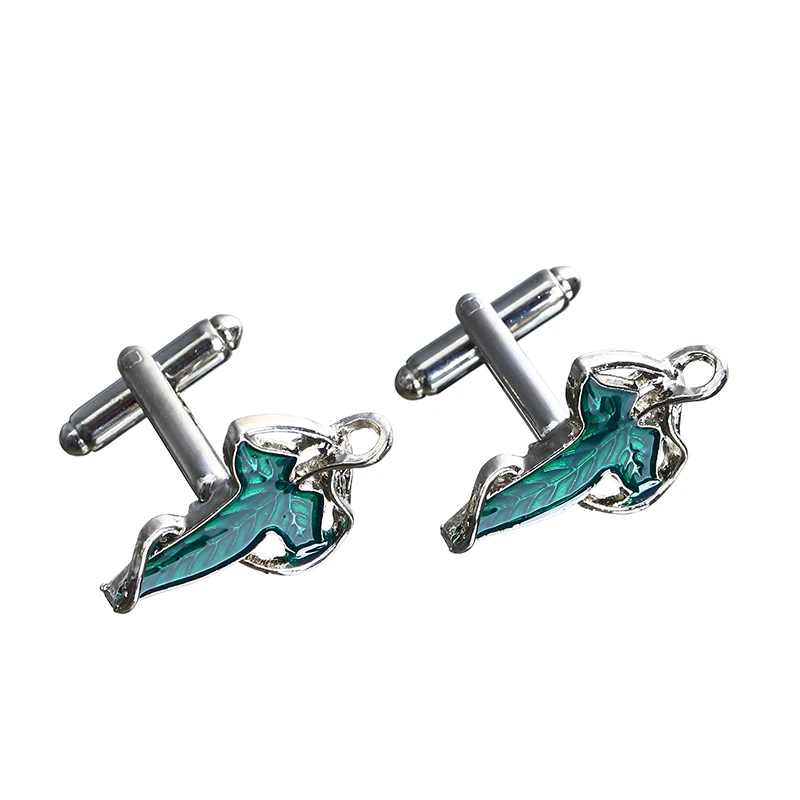 Whaleback Cufflinks: Smooth and Easy to Use
Whaleback Cufflinks: Smooth and Easy to Use
Whaleback cufflinks get their name from the curved, dome-shaped back that resembles a whale’s tail. The spring-loaded mechanism presses flat when inserting through the cuff. Once through, it snaps back into place. This action holds the cufflink securely.
These are among the easiest types of cufflinks to use. The motion feels natural and requires minimal effort. Many first-time users prefer whalebacks over other styles. They are especially helpful for those with limited dexterity.
The front face sits perpendicular to the sleeve. This gives a clean, upright appearance. Designs range from classic metal discs to modern geometric shapes. Enamel coatings add color without sacrificing durability.
However, the spring mechanism can weaken over time. Exposure to moisture or rough handling may affect performance. Regular cleaning and dry storage help extend life.
Whalebacks work best with standard cuff thicknesses. Very thick or stiff cuffs might resist the snap-in action. Always test before purchasing in bulk.
Despite minor limitations, whaleback cufflinks remain popular. Their user-friendly design and elegant look suit both casual and formal shirts.
Bullet Back Cufflinks: Durable and Traditional
Bullet back cufflinks feature a long post with a rounded end and a hollow tube backing. To secure them, you push the post through the cuff and twist the back until it locks. The bullet-shaped tip slides into the cylindrical receiver. This creates a firm connection.
This style is known for its strength. The metal-on-metal contact resists loosening. Even with constant movement, bullet backs stay in place. They are common in military and aviation uniforms. Durability matters in high-stress environments.
Polished finishes enhance their formal appeal. Gold, silver, and gunmetal tones dominate the market. Some brands add etched patterns or brand insignias. These touches personalize the look without being flashy.
Inserting bullet backs takes practice. The twisting motion must align correctly. Misalignment can strip the threads. Users should turn slowly and stop when resistance increases.
Because of their solid build, these cufflinks last for years. They rarely break under normal use. Collectors often seek vintage models for their craftsmanship.
For those valuing tradition and toughness, bullet back cufflinks are an excellent choice. Their legacy spans decades of formal and uniform wear.
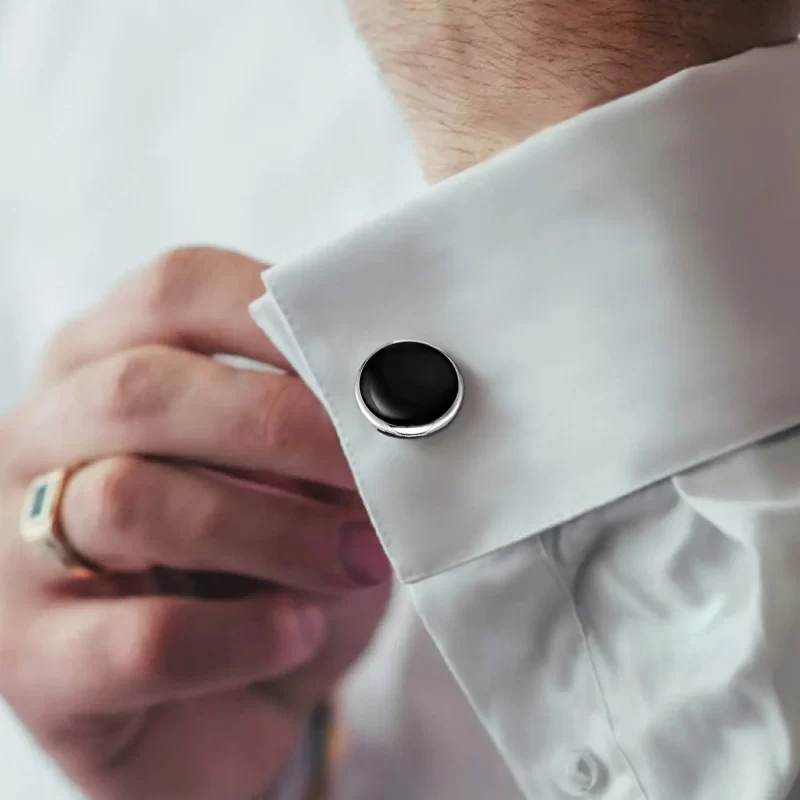 Novelty and Themed Cufflinks: Express Your Personality
Novelty and Themed Cufflinks: Express Your Personality
Not all cufflinks serve only a functional purpose. Many people choose novelty and themed types of cufflinks to showcase hobbies, interests, or humor. These creative designs turn a formal accessory into a conversation starter. Common themes include sports teams, musical instruments, animals, and pop culture icons.
Baseball glove cufflinks appeal to fans of America’s pastime. Music lovers wear tiny guitars or treble clefs. Doctors may select stethoscope or caduceus styles. Engineers might pick gear-shaped links. The possibilities are nearly endless.
Materials include zinc alloy, resin, and rubberized coatings. These allow intricate shaping and vibrant colors. Painted details highlight small features. Protective coatings prevent chipping.
While fun, these cufflinks require context. They suit casual events, parties, or themed gatherings. Wearing superhero cufflinks to a board meeting may send the wrong message. Balance creativity with professionalism.
Gift-givers love novelty cufflinks. They offer personal meaning and charm. Birthdays, Father’s Day, and graduations call for such thoughtful presents.
With care, these expressive pieces become cherished keepsakes. They remind wearers of passions and milestones.
Folding Link Cufflinks: Sleek and Minimalist
Folding link cufflinks, also known as double joint or rail joints, feature two connected bars that fold together. One side attaches to the front of the cuff, the other to the back. When folded, they form a continuous line across the sleeve. This design creates a seamless, streamlined look.
These cufflinks are popular in European fashion. They convey understated elegance. Because they lie flat, they don’t catch on fabric or objects. Their low profile suits tailored fits and slim jackets.
Most are made from precious metals like white gold or palladium. High-polish finishes enhance their refined appearance. Some models include subtle engravings along the bar.
Putting them on requires coordination. You must align both sides through the cuff holes simultaneously. Thick cuffs can make this challenging. Practice improves ease over time.
Due to their complexity, folding link cufflinks often cost more. Craftsmanship and precision matter. Mass-produced versions may lack durability.
For formal events where every detail counts, this style delivers sophistication. It appeals to those who value subtlety and symmetry.
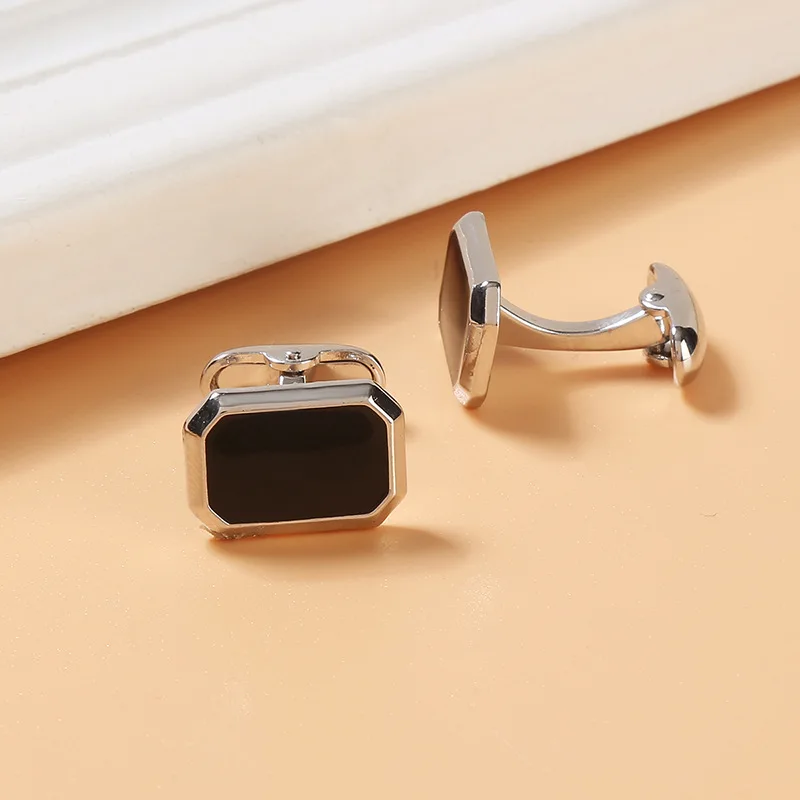 Frequently Asked Questions About Types of Cufflinks
Frequently Asked Questions About Types of Cufflinks
Do I need cufflinks for all dress shirts? No. Only shirts with French cuffs require them. Barrel cuffs use buttons.
Can I mix metals with my watch and cufflinks? Yes, but keep it intentional. Matching is safe. Contrasting works if balanced.
Are there waterproof cufflinks? Most are water-resistant. Avoid prolonged exposure to moisture.
How do I clean tarnished cufflinks? Use a soft cloth and metal polish. Rinse if needed. Dry thoroughly.
Can women wear cufflinks? Absolutely. Many designs suit feminine styles.
Are magnetic cufflinks reliable? Some are. However, strong magnets may interfere with devices.
Should cufflinks match my tie clip? Ideally, yes. Uniform metal tones create cohesion.
Where should I store cufflinks? In a dedicated box or pouch. Prevent scratches and loss.
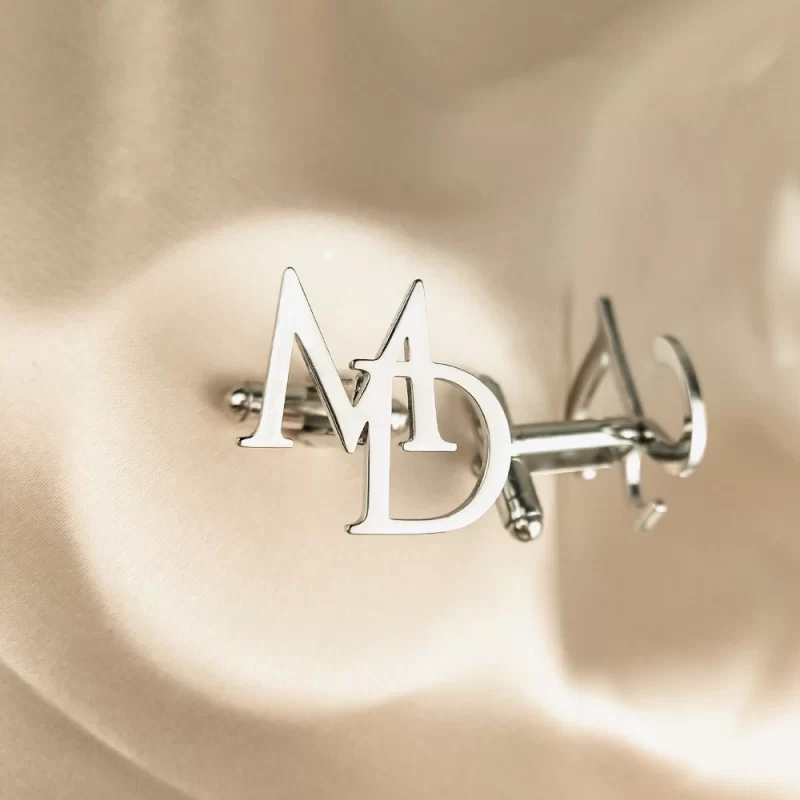 Final Thoughts on Choosing the Right Types of Cufflinks
Final Thoughts on Choosing the Right Types of Cufflinks
How to style creative cufflinks with casual shirts? Understanding the types of cufflinks empowers you to make informed style choices. Each design offers unique benefits in function, comfort, and appearance. From the reliable toggle back to the elegant folding link, there is a perfect pair for every occasion. Whether you prioritize ease of use, durability, or self-expression, the right cufflinks complete your look.
They are small details with big impact. A thoughtful selection enhances confidence and leaves a lasting impression. As fashion trends evolve, the enduring appeal of quality cufflinks remains unchanged. By exploring the various types of cufflinks, you invest in timeless elegance and personal flair.
